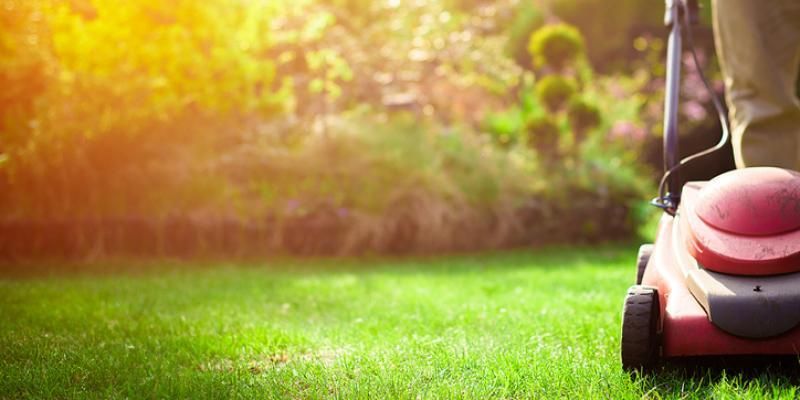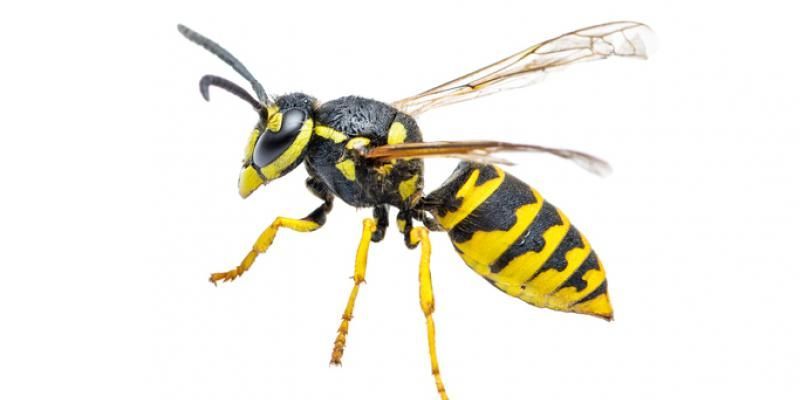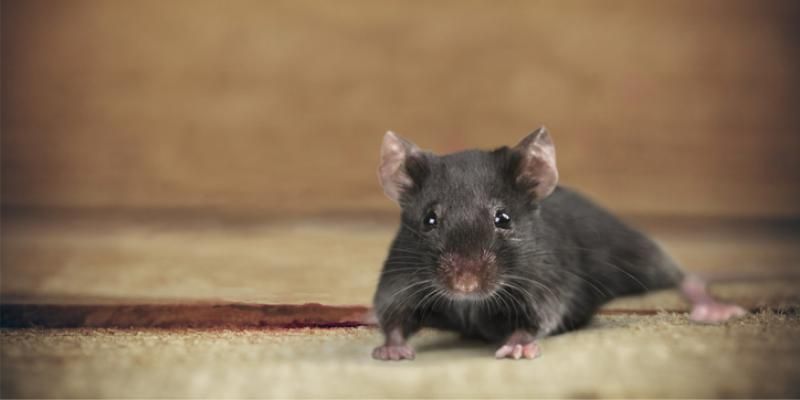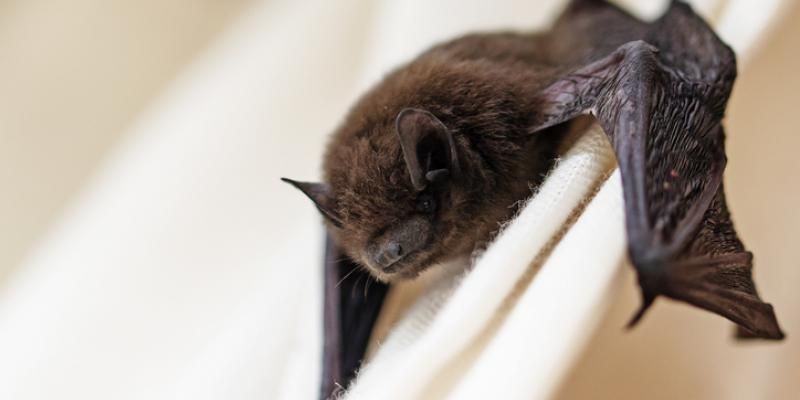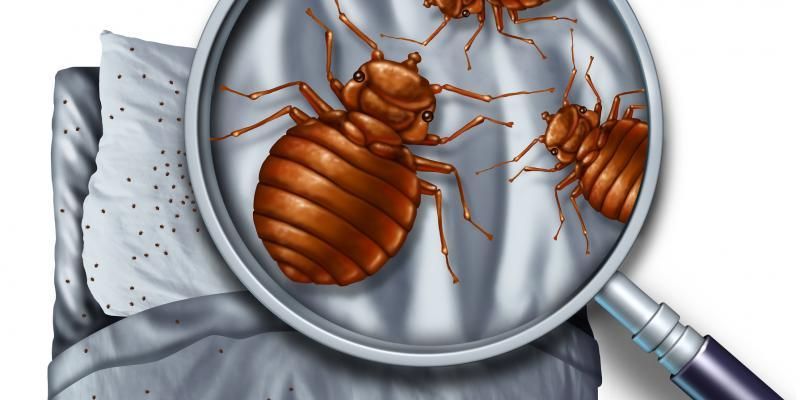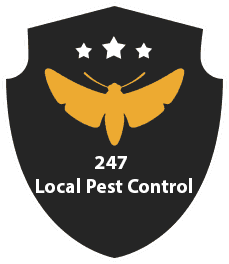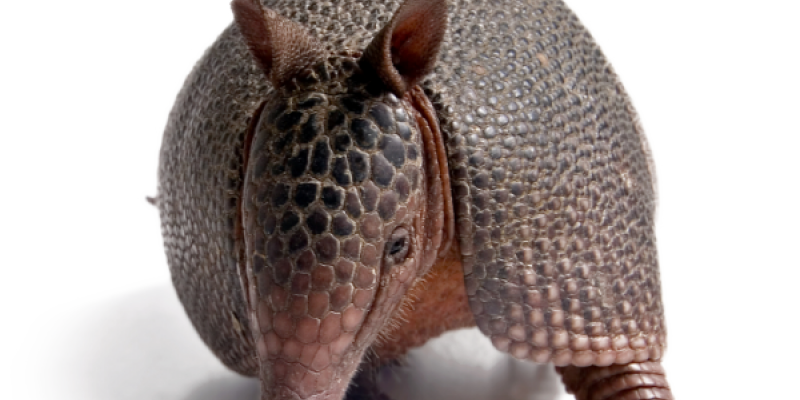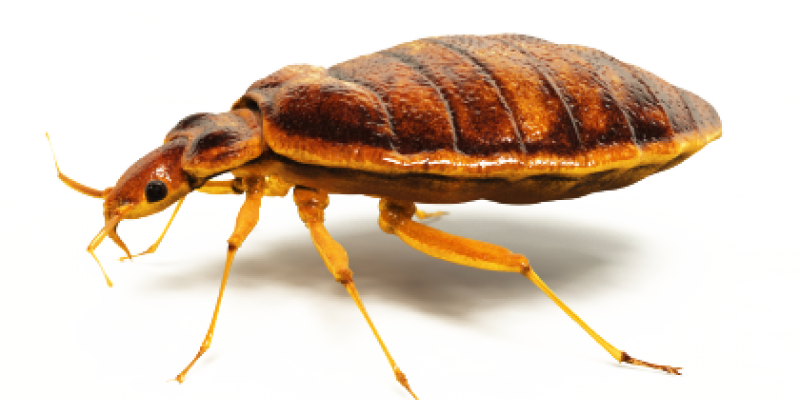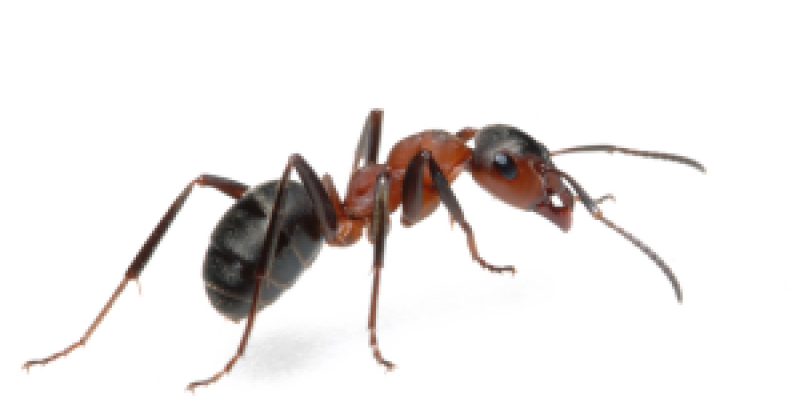How to Prepare Your Home for a New Puppy
Puppies are curious little creatures. Everything is new to them, and they want to explore anything within reach, so it is crucial to look for any hanging objects and remove them to protect your puppy from any potential harm. If it’s something you don’t want to remove entirely, you can hang them up out of the animal’s reach. Some examples of hanging objects to remove or hang higher include:
Take a moment and monitor how high your puppy can reach and how high they can jump to ensure that the item you are hanging is at an appropriate height. Reassess the height objects are hung at as the puppy begins to grow.
3. Hide and Safely Store All Harmful Substances
Chemicals: Digesting chemicals is bad for humans and dogs alike. Be sure to store all cleaning supplies, pesticides, rodenticides, insecticides, and any other chemicals in a spot where your puppy won’t come in contact with them.
4. Puppy Proof Your Plants
The best way to keep your puppy away from harmful plants is to avoid them entirely. There are tons of alternatives to the plants above to satisfy your green thumb. If you decide to have a toxic plant, store them in areas that your puppy cannot access. Consider different ways to puppy-proof your pets like hanging your plants from the ceiling or keeping them in a secured greenhouse.
5. Protect Your Pets from Pests
There are several ways to protect your animal from pests — some examples include:
Consider topicals and collars: There are several different topicals and collars out there to help protect your animal from pests. Do your research and find what works best for you and your puppy.
6. Make Sure Your Fence is Secure
Most dogs love the outdoors and if you have a fenced-in backyard, your pet can spend time outside without your supervision. That said, you should always make sure that your fence is secured so that your puppy cannot escape.
Walk around the perimeter of your fence and look for any loose fence posts, holes in fencing, or areas large enough for your puppy to escape and fix the issue accordingly.
Dogs love to dig. If your dog is a digger, you will want to watch for any holes that are near the fence line where your puppy could escape.
If you are worried that your puppy is going to escape, the best solution is to supervise them when they’re outside.
7. Buy a Puppy Camera/Monitor
You can’t always take your dog with you everywhere you go and sometimes you may have to leave them at home without you. If you want to keep an eye on your dog while you have gone, you may want to consider a puppy camera or monitor. There are numerous options to choose from all with varying capabilities (e.g. treat capabilities, voice capabilities, alerts, etc.).
Do your research to determine which puppy camera/monitor is best for you and your puppy. The American Kennel Club recommends the following pet cams and monitors.
8. Take Advantage of Crates or Dog Gates
Similar to the options mentioned above, when you leave, other ways to keep your puppy from getting into things they shouldn’t are crates or dog gates. With a crate, you can have peace of mind knowing that your dog can’t get into anything dangerous. Dog gates can be used to block off specific areas or to confine your dog to a specific area of the house. However, be aware that a puppy can jump over a gate, so make sure you have one high enough to prevent them from jumping over it. Both are great options — especially if you don’t allow your pets to sleep with you.
Crates and gates are also helpful when you are trying to get some cleaning done, you are working on a home project, or when you have guests over. Avoid using a crate as a method of punishment. This can confuse your puppy into thinking they are in trouble when you put them in the crate at night or when you leave.
